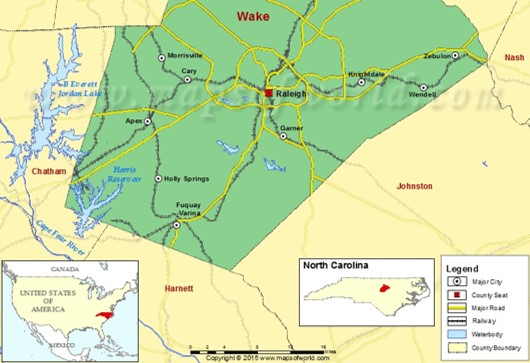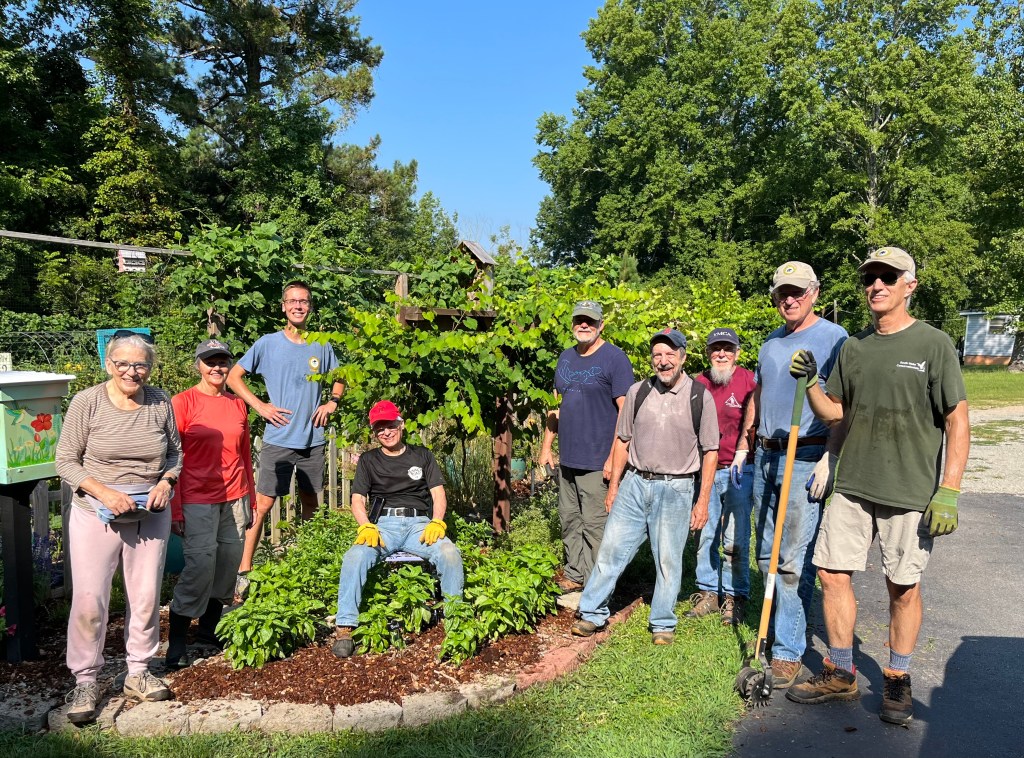
The mission of the South Wake Conservationists is to conserve and improve wildlife habitat and diversity through conservation projects and public outreach.

The chapter works closely with its parent organization, the North Carolina Wildlife Federation and its statewide programs, with special emphasis on the Butterfly Highway,
Eco Kids, Clean and Green, and Deer Donation programs. See the specific Programs pages for additional information.

With a diverse and enthusiastic membership, the chapter engages in a variety of activities in support of its mission, in addition to the keystone programs noted above. These include community outreach at public events, conservation projects, and periodic outings and activities.
Chapter meetings, featuring a guest speaker, are held in-person at Bass Lake Park and webcast simultaneously via Zoom Webinar. These are open to the public and are held on the first Thursday of of the third month of each quarter (Mar., Jun., Sep., Dec.).
In addition, the chapter holds a virtual presentation on a variety of wildlife and conservation topics via Zoom Webinar. These are also open to the public and are held on the first Thursday of of the second month of each quarter (Feb., May, Aug., Nov.). See the Calendar for details.
The wildlife priorities of the South Wake Conservationists:
- Protect, Restore, and Connect Wildlife Habitat
- Protected Habitats. Expand and connect protected areas in the Triangle Region to sustain healthy fish and wildlife populations and to allow for seasonal migrations and climate-driven range shifts.
- Water for Life. Protect and restore the natural function and quality of the nation’s waters, wetlands, floodplains, and riparian areas to sustain healthy fish and wildlife populations.
- Communities. Create and connect wildlife habitat in cities, towns, and rural communities to benefit both wildlife and people.
- Transform Wildlife Conservation
- Confront Climate Change. Reduce greenhouse gas pollution, increase carbon sequestration, and advance the science and practice of climate adaptation to minimize climate impacts on people and wildlife, while maximizing economic benefits from clean energy.
- Address Systemic Threats to Wildlife. Aggressively attack the threat of invasive species, wildlife disease, and other significant threats to fish and wildlife.
- Connect Americans with Wildlife
- Conservation Stewardship Ethic. Aim to unite Americans in an ethical commitment to the sustainable use of land, water, soil, and vegetation that will balance human needs with those of thriving wildlife populations.
- Next Generation Conservationists. Instill a love of nature and wildlife in children through nature experiences and provide them with the nature-based knowledge and skills they will need to succeed as global citizens and future stewards of our planet.
- Broaden the Wildlife Constituency. Grow and diversify a coalition of engaged individuals and institutions demonstrating a stewardship ethic and a commitment to increase wildlife populations.
- Build Power for Wildlife. Engage a diverse conservation coalition to take action to increase wildlife populations.